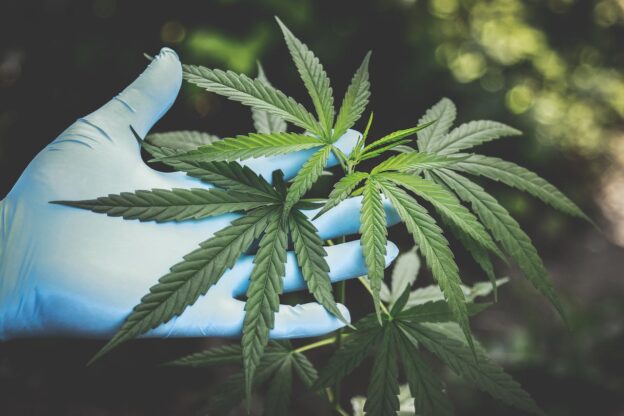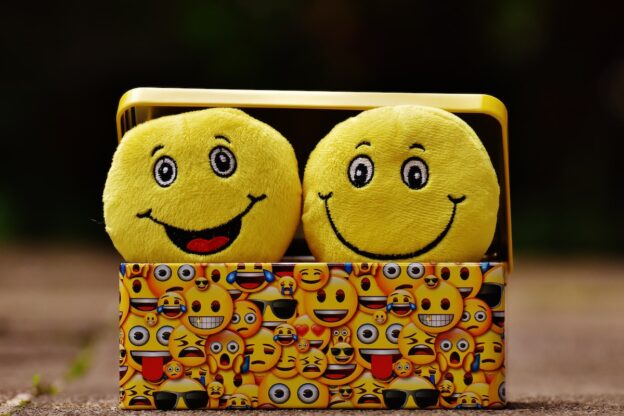Tradition connects us to our roots, values, and shared narratives. Similarly, traditional healing practices provide a sense of continuity and anchor you amidst the ever-changing currents of life. They provide a timeless foundation that enriches the present and guides the future. Recognizing the power of these healing practices, rehab centers in West Virginia utilize traditional healing practices as a holistic treatment approach. Harmony Ridge will explore the benefits of integrating traditional healing practices and addiction recovery in WV and how they help specific groups. Continue reading













